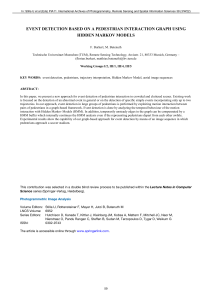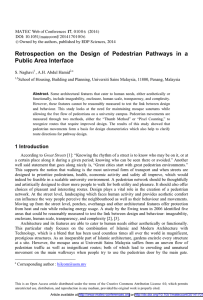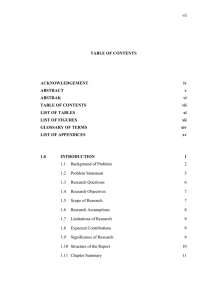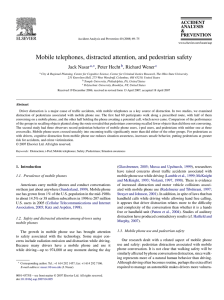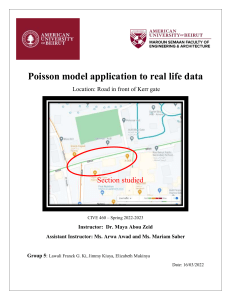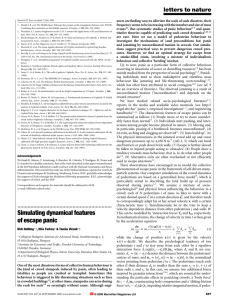Assessing the performance of systems for far
advertisement
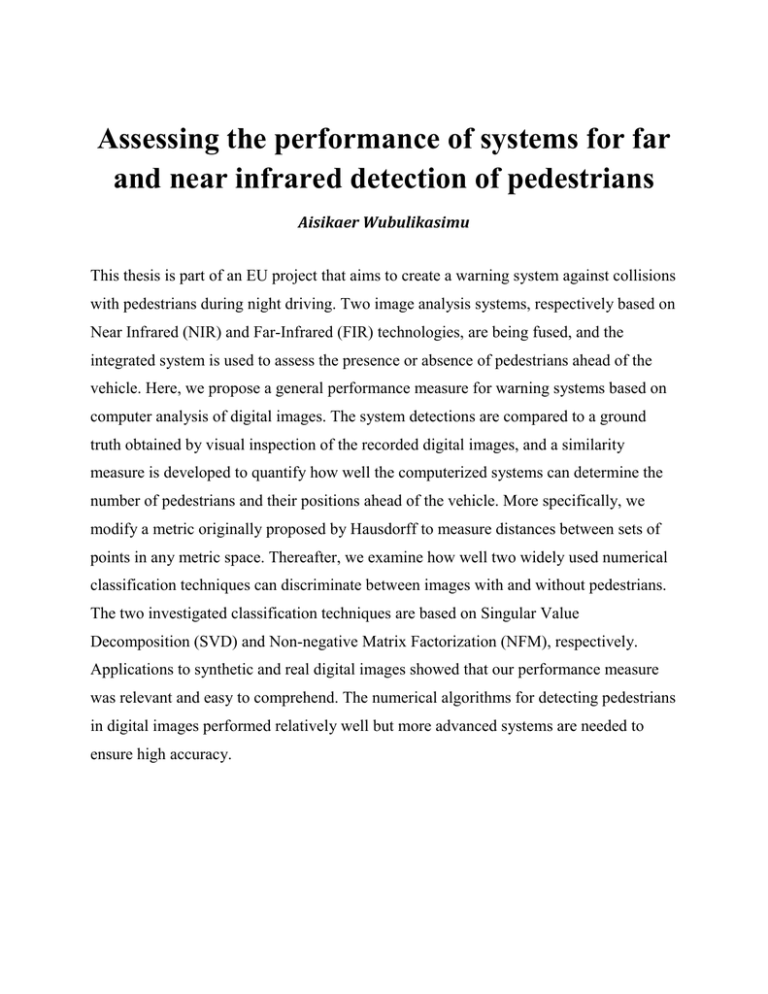
Assessing the performance of systems for far and near infrared detection of pedestrians Aisikaer Wubulikasimu This thesis is part of an EU project that aims to create a warning system against collisions with pedestrians during night driving. Two image analysis systems, respectively based on Near Infrared (NIR) and Far-Infrared (FIR) technologies, are being fused, and the integrated system is used to assess the presence or absence of pedestrians ahead of the vehicle. Here, we propose a general performance measure for warning systems based on computer analysis of digital images. The system detections are compared to a ground truth obtained by visual inspection of the recorded digital images, and a similarity measure is developed to quantify how well the computerized systems can determine the number of pedestrians and their positions ahead of the vehicle. More specifically, we modify a metric originally proposed by Hausdorff to measure distances between sets of points in any metric space. Thereafter, we examine how well two widely used numerical classification techniques can discriminate between images with and without pedestrians. The two investigated classification techniques are based on Singular Value Decomposition (SVD) and Non-negative Matrix Factorization (NFM), respectively. Applications to synthetic and real digital images showed that our performance measure was relevant and easy to comprehend. The numerical algorithms for detecting pedestrians in digital images performed relatively well but more advanced systems are needed to ensure high accuracy.


